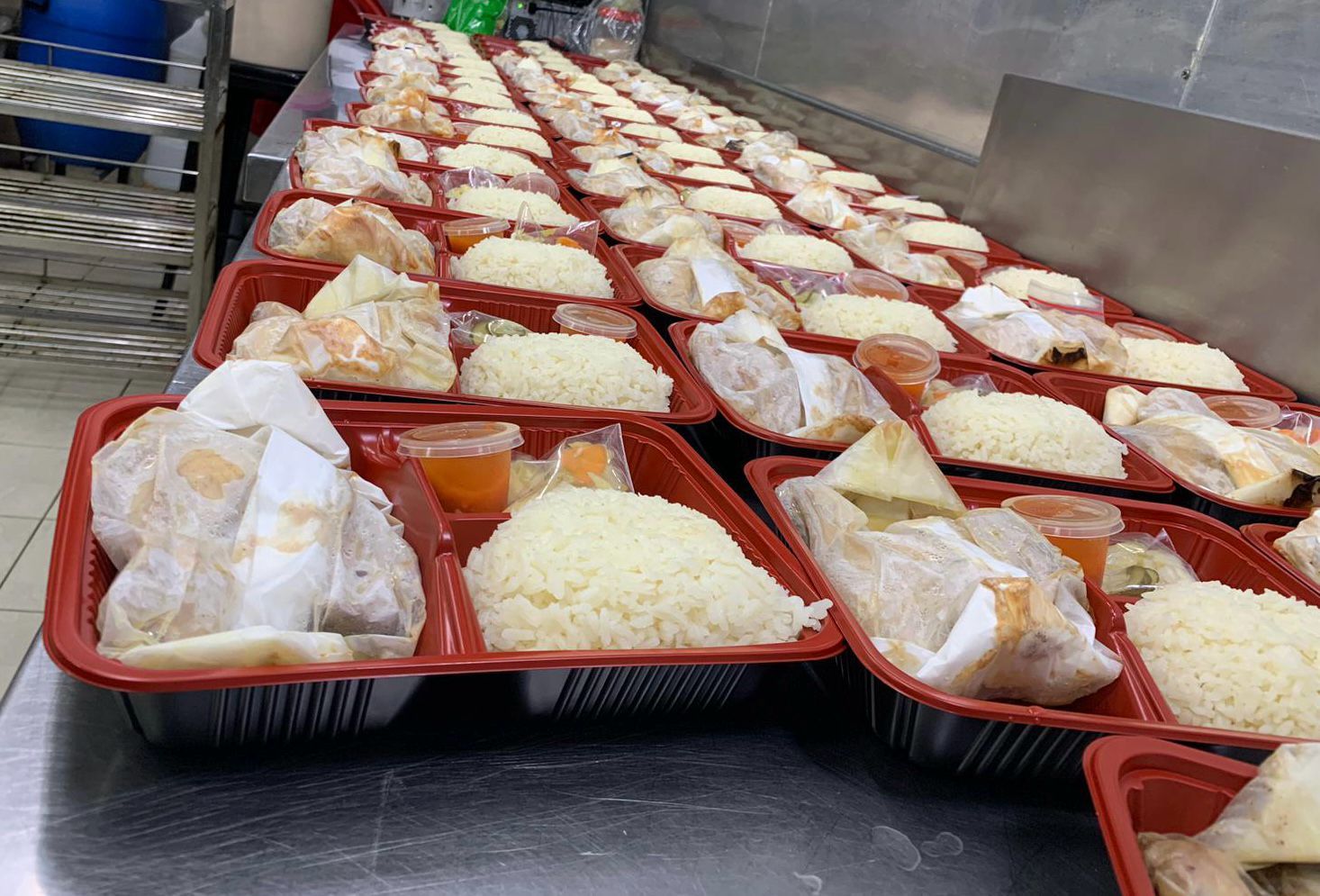Client Success Story: 熊猫撸串 Panda BBQ
熊猫撸串 Panda BBQ, a vibrant and popular chinese BBQ Skewer restaurant located in Singapore's Chinatown, has seen remarkable growth and customer retention and a huge boost in cashflow by leveraging Minty CRM's advanced features. By adopting the top-up to eWallet and member special pricing functionalities, Panda BBQ has not only enhanced its customer experience but also boosted its business efficiency and revenue.
Challenges
Before adopting Minty CRM, Panda BBQ faced several challenges:
- Customer Retention: Struggling to maintain customer loyalty in a competitive market.
- Pricing Strategy: Difficulty in managing special pricing for loyal customers.
- Efficient Payment Solutions: The need for a streamlined payment process to enhance customer convenience and satisfaction.
Solutions
To address these challenges, Panda BBQ implemented Minty CRM, focusing on two key features:
Top-Up to eWallet
With the top-up to eWallet feature, Panda BBQ introduced a convenient and attractive payment solution:
- Easy Top-Ups: Customers can easily top up their eWallets, making the payment process seamless and hassle-free.
- Bonus Incentives: Panda BBQ offers a small bonus on top-ups, such as $20 gets $22, encouraging customers to add more funds and keep coming back.
- Expiration Dates: The top-up values come with expiration dates, ensuring that customers return within a specific timeframe to utilize their balance, thus driving repeat visits.
Member Special Pricing
Panda BBQ's loyalty program, powered by Minty CRM, includes special pricing for members:
- Exclusive Discounts: Members enjoy special pricing on various menu items, making them feel valued and appreciated.
- Personalized Offers: Using CRM data, Panda BBQ can tailor offers and promotions to individual member preferences, enhancing the dining experience.
Results
Since implementing Minty CRM, Panda BBQ has experienced significant positive outcomes:
Increased Customer Retention
- Repeat Visits: The combination of top-up incentives and member special pricing has resulted in a noticeable increase in repeat visits.
- Loyalty Growth: Membership sign-ups have surged, with more customers eager to benefit from the exclusive deals and bonuses.
Higher Revenue
- Boosted Sales: The eWallet top-up feature has encouraged customers to spend more, directly impacting the restaurant’s revenue.
- Efficient Operations: Streamlined payment processes have led to quicker transactions and improved overall customer satisfaction.
Enhanced Customer Experience
- Convenience: The eWallet system provides a convenient payment option, reducing wait times and enhancing the dining experience.
- Personalization: Members feel valued with personalized offers and special pricing, fostering a stronger connection with the brand.
Increased Cash Flow
- Immediate Funds: The eWallet top-up feature has provided Panda BBQ with immediate access to funds, improving cash flow and allowing for better financial planning.
- Financial Stability: This increased cash flow has enabled Panda BBQ to reinvest in the business, supporting growth and operational improvements.
Conclusion
By integrating Minty CRM’s top-up to eWallet and member special pricing features, 熊猫撸串 Panda BBQ has successfully enhanced customer loyalty, increased revenue, and improved the overall dining experience. The strategic use of these features has positioned Panda BBQ as a customer-centric restaurant that values and rewards its patrons, ensuring continued growth and success in a competitive market.
Ready to transform your restaurant's customer loyalty and sales? Send in an enquiry via WhatsApp, or click here learn how Minty CRM can help you achieve success just like 熊猫撸串 Panda BBQ!
Interested in a CRM Based POS System, QR ordering or a standalone CRM membership system?
Send an Enquiry!
You might also like



